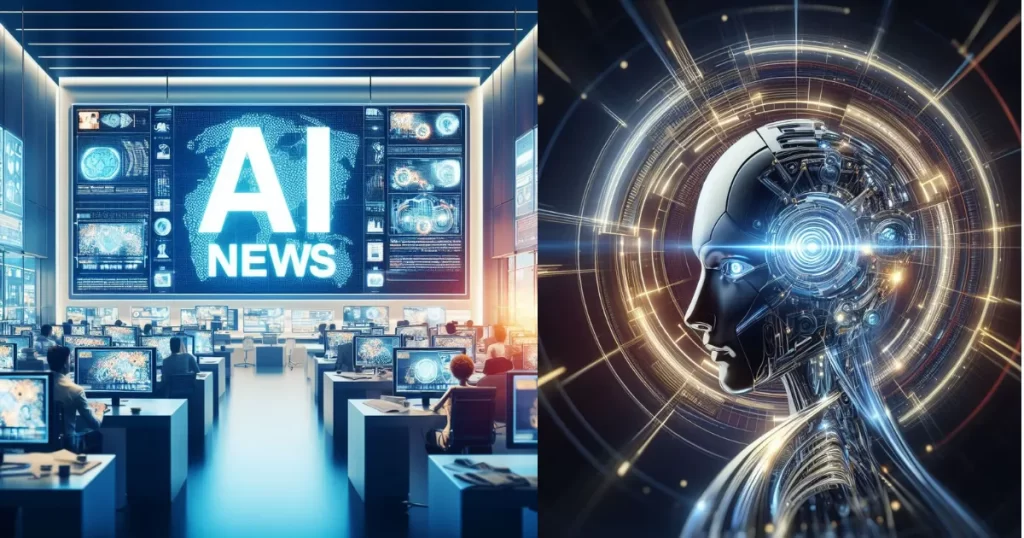By Jay Peters, as published by The Verge on December 17, 2024
Google has released Whisk, a creative AI application that allows users to produce images by utilizing other photos as cues rather than language descriptions. This Google project provides a fun method to create AI-generated pictures with more natural input.
How Whisk Works
Whisk streamlines the image production process by allowing you to utilize images to direct the AI in creating new graphics. Instead of providing lengthy, detailed text questions, you may upload or choose photographs to define:
The subject is the main object or focus of your photograph.
The Scene: The setting or background in which the topic appears.
The style refers to the creative look or design of the finished image.
You may fine-tune the results by using numerous photos in each category. If you don’t have any photos, Whisk provides a random “dice” option that creates AI-generated graphics for you. While text prompts are optional, users can contribute additional information to change or improve the conclusion.
Once your prompts are established, Whisk creates a succession of pictures based on the inputs you specify. It also generates a written description for each result, which may be edited for additional refining. If you are satisfied with the end result, you may download or save the image. If not, you may make more adjustments by altering the prompt or requesting modifications, such as changing the lighting or adding certain features.
Designed for exploration, not perfection.
Google notes that Whisk is designed for rapid and entertaining visual exploration rather than exact editing. Because of this, the tool may not always deliver flawless results. To overcome this, users can enhance the produced pictures by altering the prompts themselves.
According to Google, Whisk uses the most recent version of its Imagen 3 model, which boosts the AI’s capacity to generate high-quality pictures. Imagen 3 is part of Google’s ongoing AI development efforts, with an emphasis on making the picture production process more adaptable and accessible.
Google’s AI advancements
Along with Whisk, Google has unveiled Veo 2, an enhanced version of its video-generation technology. Veo 2 is intended to help users better comprehend cinematic principles such as camera angles and storytelling. It also minimizes common AI faults like adding additional fingers or making exaggerated motions.
Veo 2 will first be offered through Google’s VideoFX tool, which is part of Google Labs. Users can join the queue to gain access. In the future, Google intends to incorporate Veo 2 into YouTube Shorts and other video platforms, expanding the possibilities for AI-powered video creation.
First Impressions
Early Whisk users, including the author of the original article, considered the tool to be pleasant and simple to use. Whisk fosters creativity via exploration, even if visuals take a few seconds to develop and look strange at times. By merging graphics with optional text, it provides a more hands-on approach to AI-powered picture production.
Final thoughts.
Google’s Whisk AI is a fun and refreshing tool that takes away the strain of creating flawless suggestions. Allowing photos to steer the process creates new opportunities for producers to experiment with and iterate on graphics fast. Although Whisk isn’t perfect for fine-tuned adjustments, it is a fun and easy method to explore with AI-generated art.
Source: Jay Peters, The Verge. Google’s Whisk AI generator will’remix’ the images you provide. You can check out the full article here.

I’m Voss Xolani, and I’m deeply passionate about exploring AI software and tools. From cutting-edge machine learning platforms to powerful automation systems, I’m always on the lookout for the latest innovations that push the boundaries of what AI can do. I love experimenting with new AI tools, discovering how they can improve efficiency and open up new possibilities. With a keen eye for software that’s shaping the future, I’m excited to share with you the tools that are transforming industries and everyday life.

